Table of Contents
Pine needles are generally compostable, but they may not work for some composters because they are slow to break down — even in optimal pile conditions. Also, there is a common misconception that pine needles can make compost too acidic. While fresh pine needles are in fact acidic, they become neutral over time once they fall off the pine branches and become incorporated in the soil.
Oxygen, moisture, and temperature are key factors in accelerating the decomposition rate of pine needles. Among composting techniques, the hot composting method can quickly transform pine needles into nutritious compost.

Aside from composting, you can apply a layer of pine needles over your garden soil as mulch — especially near acid-loving plants.
Learn more about the challenges composting pine needle waste and some tricks to speed up their decomposition.
How to Compost Pine Needles
In moderate amounts, pine needles can boost the efficiency and nutrition of your compost, but inclusion of pine needles in your bin or pile requires some planning.
The needle-shaped leaves of evergreen pine trees are prevalent across the United States, making them essential fire starters during camping or barbecue activities. Pine needles have a waxy coating, protecting the leaves from harsh external elements. Consequently, this wax also slows the decomposition of pine needles — even in well-managed compost piles.
Experts from Oregon State University encourage limiting pine needles to 10% of the compost pile volume.
Fresh pine needles are acidic with a pH level of anywhere between 3.2 and 3.8, but they lose acidity once they fall from the tree and are composted properly. The resulting compost can be applied to your vegetable garden or flower beds without worry of acidifying the soil or plants.
Preparing Pine Needles for Composting
Inspect your pine needles and remove any nonbiodegradable materials. Separate pieces of rock or metal from your compostable pine needles as these elements won’t decompose like the rest of the organic materials.
Chop or cut your pine needles into smaller pieces. Doing this step will accelerate their decomposition, allowing composting microorganisms to reach the pine needles faster. Never overload the pile with pine needles to avoid slowing the decomposition of your compost.
Fresh pine needles contain nitrogen, while dried pine needles are rich in carbon. With this in mind, combine and balance your chopped pine needles with other organic matter, adhering to the compost conditions below.
Optimal Composting Conditions for Pine Needles
Follow the ideal 30:1 carbon to nitrogen ratio when composting. Unlike other carbon materials, dried pine needles do not clump together. Carbon from dead leaves, dried grass clippings, shredded cardboard, newspaper, egg carton, untreated sawdust, and wood chips serves as an energy source for composting microorganisms.
In contrast, nitrogen aids with the development and growth of these valuable microorganisms. Common kitchen wastes like fruit scraps and vegetable trimmings, are excellent nitrogen sources. A balanced mix of carbon- and nitrogen-rich materials is advantageous to microorganisms, increasing the pile’s microbial action and efficiency.
Keep your compost wet, but not flooded. Moisture is necessary in organic decomposition. However, excess moisture — coupled with lack of oxygen — can set off anaerobic decomposition and putrid odors. Frequently check on the pile’s moisture levels, and add water only when necessary to avoid these issues.
If your compost bin or pile starts to leak liquids and emit bad smells, consider adding more dry, carbon-rich ingredients. They are highly effective at absorbing excess moisture.
Lastly, keep your compost at a temperature anywhere between 90 and 140 degrees Fahrenheit. This range can be accomplished through sustained microbial activity and proper oxygen supply. You can use a pitchfork or shovel to stir and turn your compost heap, significantly improving air circulation.
How Long Do Pine Needles Take to Compost?
Due to their waxy coating, pine needles take a longer time to decompose than most organic materials. Under ideal conditions, pine needles break down in just under a year. Cutting the pine needles will accelerate their decomposition.
Other factors that influence the pine needle decomposition rate include moisture, oxygen, and a balanced mix of carbon- and nitrogen-rich ingredients.
How Pine Needles Affect the Composting Process
While composting pine needles can be challenging, it is beneficial because they supply either carbon or nitrogen, thus supporting the microbial action in the pile.
Be aware, though, that fresh pine needles have higher acidity. Overloading your compost pile with them can damage beneficial microorganisms.
Impact on Decomposition
Due to their resinous nature, pine needles take a significant amount of time to decompose. If you need compost right away, it is better to skip the pine needles. They could linger in the compost for an extended period.
Microbial Activity
Depending on their state, pine needles contribute carbon or nitrogen to your compost heap. Both elements are essential for healthy microbial action and growth, but avoid large amounts of fresh pine needles as they are acidic.
Temperature and Moisture
Pine needles do not clump or compact during decomposition. Oxygen can freely flow in and out of your compost bin or pile, raising its internal temperature. When hot composting pine needles, aim for the temperature range of between 90 and 140 degrees Fahrenheit. At these high temperatures, pine needles decompose noticeably faster.
Composting pine needles adds minimal moisture to your compost bin or pile. You can prevent liquid build-up by maintaining a balanced mix of brown and green materials and turning your pine needle compost frequently.
Potential Issues With Composting Pine Needles
Some composters may find the slow decomposition rate of pine needles unhelpful, especially if you urgently need compost. Additionally, the acidic pH level of fresh pine needles is a potential concern during composting.
Will Pine Needles Make Compost More Acidic?
Incorporating small quantities of pine needles will not throw off your compost pH balance. Pine needles, though highly acidic when fresh, become neutral after falling from the tree. To protect composting microorganisms from overly acidic conditions, do not overload your compost pile with fresh pine needles.
The finished compost will not acidify your garden soil and plants when applied.
Will Composting Pine Needles Attract Pests?
Pine needles don’t attract pests in a well-managed compost pile.
Be cautious with pine needles that are already infested with pests, as some of these critters can survive the composting process and wreak havoc in your bin or pile. Explore other disposal options for pest-infested pine needles — away from your vegetable garden and flower beds to prevent accidental spread.
Will Composting Pine Needles Cause Odors?
Under optimal compost conditions, pine needles do not typically cause unpleasant smells.
Nevertheless, mismanagement of your compost can lead to anaerobic decomposition of other organic compost materials. Excess fluids and lack of oxygen can trigger this condition, prompting putrid odors. Minimize this issue by adding dry, brown materials to your compost and turning the pile for improved air circulation.
Methods for Compost Pine Needles
Some composting methods can process pine needles faster. When building your compost bin or pile, always carry out best management practices to ensure a nutrient-rich compost.
Hot Composting
You can include small amounts of pine needles in your hot compost pile. This method “cooks” organic waste and speeds up decay due to the sustained activity of composting microorganisms. While a hot pile provides compost faster, it does require considerable effort to maintain temperatures of 90 to 140 degrees Fahrenheit. For best results, monitor the pile’s internal temperature, and turn the compost regularly when hot composting.
Proper air circulation and a balanced combination of compost materials are crucial. Mismanagement of hot piles can lead to slow decomposition of pine needles.
Cold Composting
If you’re a first-time composter, you may want to start cold composting pine needles; cold compost piles require minimal maintenance during decomposition. Pine needles, alongside other organic matter, will break down via naturally occurring microbes, insects, and other external elements.
Due to the lack of heat, however, cold piles take a longer time to produce finished compost. Stick to the 30:1 carbon to nitrogen ratio, and keep the cold pile moist to enhance its efficiency.
Vermicomposting
Adding pine needles to your worm bin is not entirely safe.
Pine needles contain terpenes (responsible for pine’s distinct odor), and hexane (which can be toxic to worms). Furthermore, the pine needles’ waxy coating and fibrous nature prevent red wigglers from easily accessing organic waste in the needles.
Also, the worms are sensitive to acidic, fresh pine needles.
Bokashi Composting
Because they are difficult to break down, pine needles are commonly discarded by Bokashi composters. Fermenting microbes from the Bokashi bran primarily thrive on carbohydrates and proteins found in organic food wastes.
You can still add a very few pine needles to your Bokashi bucket, but keep in mind they provide limited nutrients needed by valuable fermenting microbes.
Alternatives to Composting Pine Needles
Aside from composting, other sustainable methods should be considered for pine needle waste. Dumping them in landfills should be the last option.
Industrial Composting of Pine Needles
Commercial composting centers help in reducing landfill waste by transforming organic matter into compost for agricultural and industrial use. These facilities operate at high temperatures, effectively breaking down pine needles faster.
Contact your local composting facility to learn more on how they accept pine needle waste. Guidelines vary depending on your location.
Upcycling Pine Needles
You can make use of pine needles in various craft projects, apply them to your garden soil as mulch, or use them for livestock bedding.
Pine Needles as Fire Starter
Keep your home or campsite warm with this easy-to-make pine needle fire starter.
Simply put your dried pine needles in a cardboard- or paper-based egg carton. Pour your choice of wax into the cups and allow the wax to cool and harden. Cut the cups apart and use the starters to enjoy the warmth of your fireplace.
Pine Needles as Closet and Drawer Fresheners
Known for its fresh and woody fragrance, pine needles can be stuffed in fabric sachets alongside other organic herbs like eucalyptus, tansy, and wormwood. These homemade sachet fresheners are an excellent alternative to commercially-made mothballs.
The scent from these herbs will eliminate any nasty odors from your closet or drawer, while keeping your clothes fresh-smelling.
Pine Needles as Mulch
Pine needles can be used as mulch and as an acidifying agent for acid-loving plants such as azaleas, blueberries, and rhododendrons. To use pine needles as mulch, just spread them around your plants, limiting the pine needle layer to 1 to 2 inches.
If you want your garden to be fully organic, do not use chemically treated pine needles.
Pine Needles as Livestock Bedding
You can combine pine needles with other bedding materials for your livestock. The pine scent from the needles will keep your barn, coop, and stable smelling like the woods.
Feeding Pine Needles to Chickens and Livestock
Goats and chickens can be fed small amounts of fresh pine needles. They should be introduced to their diets gradually, and mixed with other food sources. Pine needles have antioxidants beneficial to animal growth.
You should be more cautious with pine needles from yew pine trees, because those can be toxic to chickens even in small amounts.
Small amounts of ponderosa pine needles are fine to feed to your cattle. However, do not give them to pregnant cattle (and bison) as pine needles have been linked to premature birth of calves and other birth complications.
Disposal Options for Pine Needles
If none of the options are feasible, dispose of your pine needles in an appropriate waste bin.
What Pine Needles Shouldn’t Be Composted?
Avoid putting pine needles that are diseased or infested with pests in your compost heap, so they don’t spread to your garden.
Chemically treated pine needles should be discarded to protect your composting microorganisms from potential toxins. If you’re aiming for purely organic compost, these treated pine needles should be omitted.
Safety and Precautions When Composting Pine Needles
For efficient and safe transformation of pine needles to nutrient-rich compost, closely maintain the optimal pile conditions and apply best practices in pile management.
After composting activity, wash your hands with running water and soap.
FAQ
Are pine needles good for compost?
Although they are difficult to break down, pine needles do not compact (unlike some carbon-rich brown materials), thus improving the compost pile’s air circulation.
How can I speed up the decomposition of pine needles in compost?
Cut or shred your pine needles in small pieces to accelerate their decomposition. Always stick to best compost conditions and managed practices to increase the efficiency of your bin or pile in processing tougher compost materials like pine needles.
Can diseased pine needles be composted?
Diseased pine needles are not good compost material because viruses and pathogens can survive the composting process and spread in your bin or pile. Explore other disposal options for diseased pine needles.


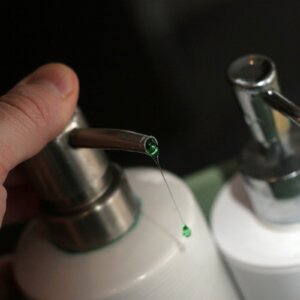


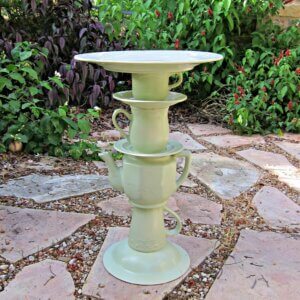




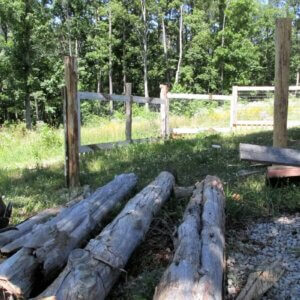
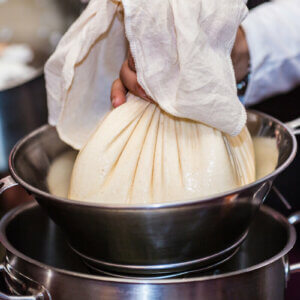
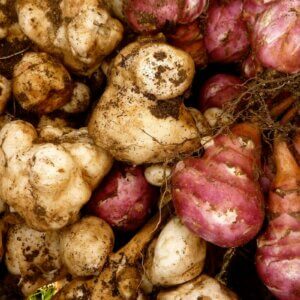


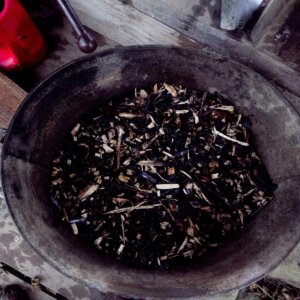
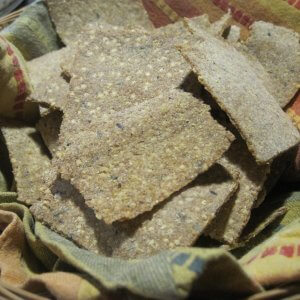






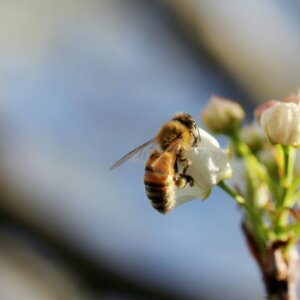



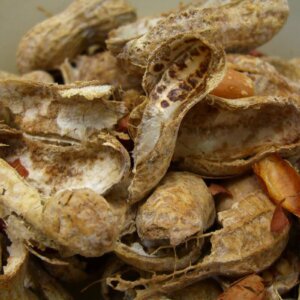





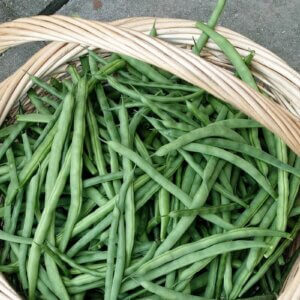
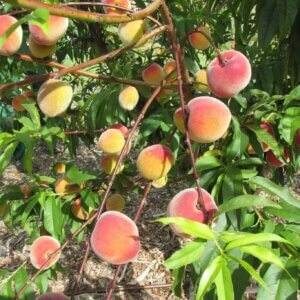
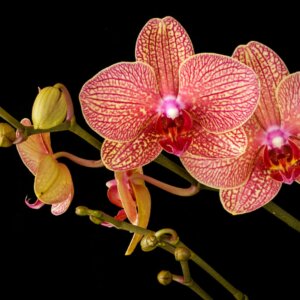
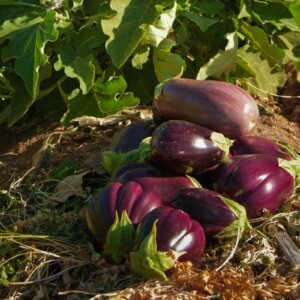
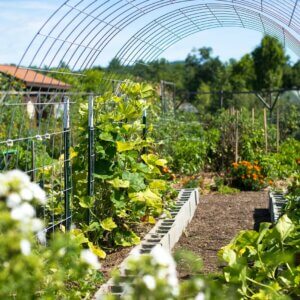
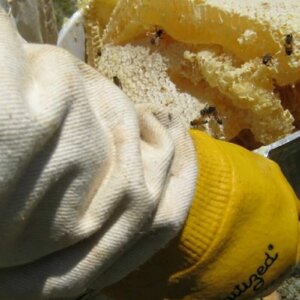

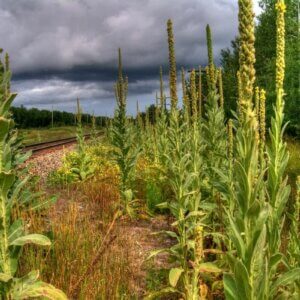
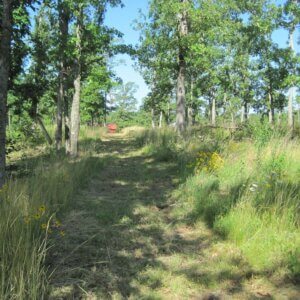
Leave a Reply